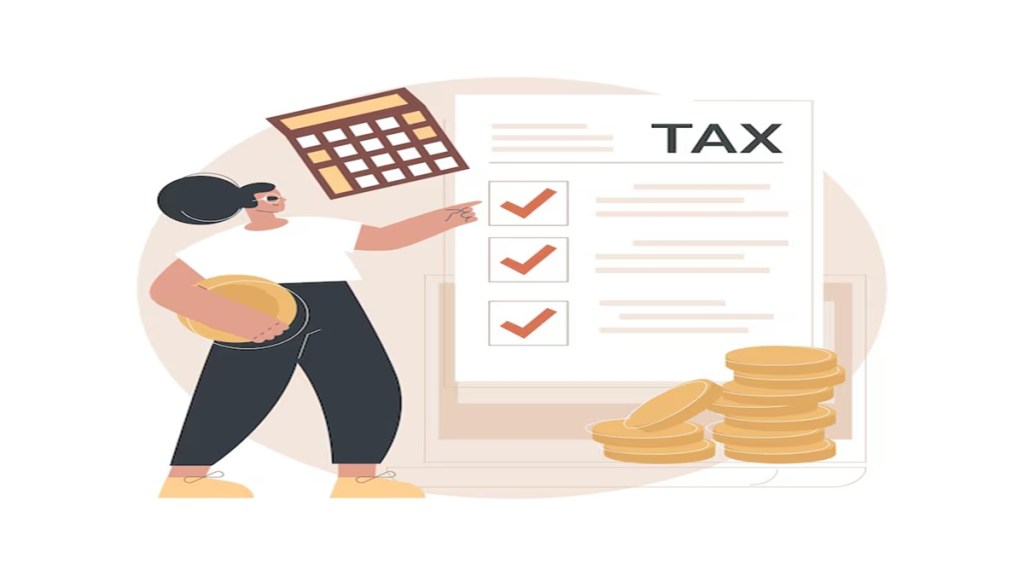Taxpayers are required to file income tax returns (ITRs) to meet their financial responsibility and legal obligation both. There are various tax return forms, ITR-1 to ITR-7, need to be filed by taxpayers based on their source of income, amount of income and the category of taxpayer like individuals, Hindu Undivided Family (HUF) and company. In this article, we will discuss ITR 1 and steps to file this form.
Who can file ITR-1 Sahaj?
ITR-1 or Sahaj can be filed by a Resident Individual whose total income does not exceed Rs 50 lakh during the financial year and has income from either of the sources; salary income, income from one house property, agricultural income (limited to Rs 5,000), or income from other sources like Interest income, etc.
Talking about the eligibility to file ITR-1, Sandeep Agrawal, Director & Co-Founder, TeamLease RegTech, said, “All Indian residents with active PAN and who are registered with the I-T Department’s e-filing portal can file ITR-1 online. The filing process has been simplified significantly with the introduction of pre-filled information which automatically populates the salary and interest income, and tax deductions.”
Additionally, the Income Tax Department has also introduced “Annual Information Statement (AIS)” which provides all information available in Form 26AS i.e. high-value investments, TDS/TCS transactions, interest income, dividend, rent received, purchase and sale transactions of securities/immovable properties, etc. This helps an Individual with all the required information and helps in seamless filing and avoid errors, says Agrawal as he shares steps to file ITR-1 online.
Steps to file ITR-1 online:
Once an individual logs into the ‘e-filing’ portal, he/she shall follow the below steps:
1. Click on e-File and then click on Income Tax Return;
2. Choose Assessment Year i.e. the Year next to the Year for which the return is being filed. For example, if the return is to be filed for Year 2023-24, then the Assessment Year will be 2024-25.
3. Mode of filing shall be selected as “Online” if the individual is filing it via the “e-filing” portal.
4. Choose the Status as “Individual”.
5. Select ITR-1 from ITR forms lists (the portal also provides who shall file ITR-1).
6. Individuals shall review the pre-filled information under each of the following tabs (Personal information, Gross Total Income, Total Deductions, Tax Paid, Total Tax Liability). Details in most of the tabs shall be pre-filled based on the TDS returns filed by individual’s employer. Individual can cross check these details against the Form 16 issued by the Employer and wherever required update the missing details (in case not declared / disclosed to the employer).
7. Once the details are verified and confirmed, Individual shall check for whether they have opted for Old Tax regime or new tax regime (as declared to its employer) and update accordingly and proceed.
7. Individual can check if any additional tax liability is payable, he / she can pay the same online and then submit the Income Tax Return.
8. Post filing, Individuals are required to verify the filed return as well. The same can either be done online using Aadhar OTP or via pre-validated bank / demat account or the signed physical copy shall be submitted via Speed Post within 120 days of the submission.

